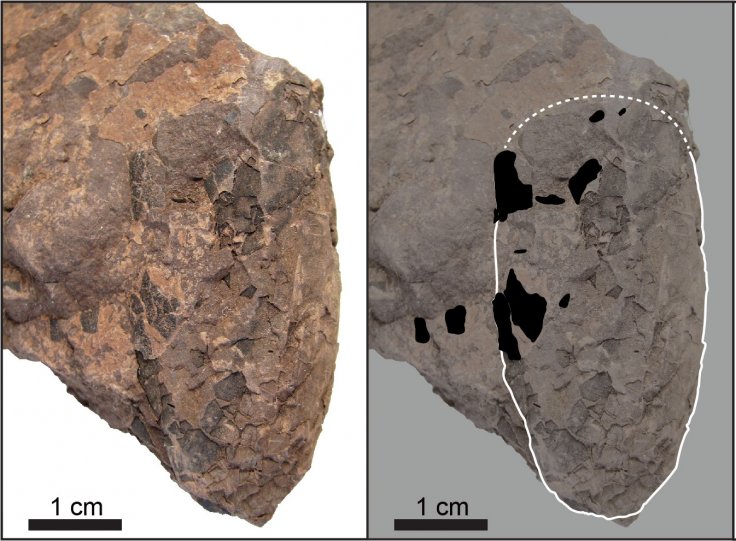While it is known that gigantic dinosaurs roamed the Earth millions of years ago, other smaller dinosaurs also lived alongside their gargantuan cousins. A study led by researchers from the University of Tsukuba has found the fossilized eggs of a new species of dinosaur—eggs that are as small as modern-day quail eggs.
The paleontologists combed the Kamitaki Egg Quarry, a remarkable fossil egg site first discovered in 2015 in Hyogo Prefecture, southwestern Japan. Nearly all the fossilized eggs excavated belong to a new species and genus—Himeoolithus murakamii.
Treasure Trove of Fossilized Eggs

The Kamitaki Egg Quarry is situated in the layers of red-brown mudstone of the Ohyamashimo Formation, which were deposited in an Early Cretaceous (about 110 million years ago) river flood plain. A detailed excavated in 2019 resulted in the unearthing of over 1,300 egg fossils. Unlike earlier finds that were limited isolated fragments of eggshells, the new study yielded better specimens—nearly complete and partial— according to the authors.
Explaining the nature of the find, Prof. Kohei Tanaka, lead author of the study, said, "Our taphonomic analysis indicated that the nest we found was in situ, not transported and redeposited, because most of the eggshell fragments were positioned concave-up, not concave-down like we see when eggshells are transported."
Egg Fossils of a New Small Species

As mentioned earlier, almost all the fossilized eggs belong to the new species, Himeoolithus murakamii. With an estimated mass of only 9.9 grams, the eggs found to be unusually small, and can be compared to the size of modern-day quail eggs. Interestingly, the biological examination of the eggs suggests that they are not that of early birds.
Rather, they belong to closely related non-avian theropod dinosaurs, which include 'celebrated' carnivores such as Velociraptors and Tyrannosaurus. This makes Himeoolithus murakamii one of the smallest non-avian theropod eggs on record. Also, these eggs have marked elongated shapes, which is consistent among larger non-avian theropod eggs, but not with similar-sized eggs of Cretaceous birds.
Five Other Ootaxa Found

While the Kamitaki locality teems with Himeoolithus murakamii eggshells, five other ootaxa(different classes of egg fossils) were identified as well. These ootaxa belong to one ornithopod and four non-avian theropods.
Illustrating the richness in the diversity of fossilized theropod eggs in the region, Tanaka explained, "Small theropod skeletal fossils are quite scarce in this area. Therefore, these fossil eggs provide a useful window into the hidden ecological diversity of dinosaurs in the Early Cretaceous of southwestern Japan, as well as into the nesting behavior of small non-avian theropods."








